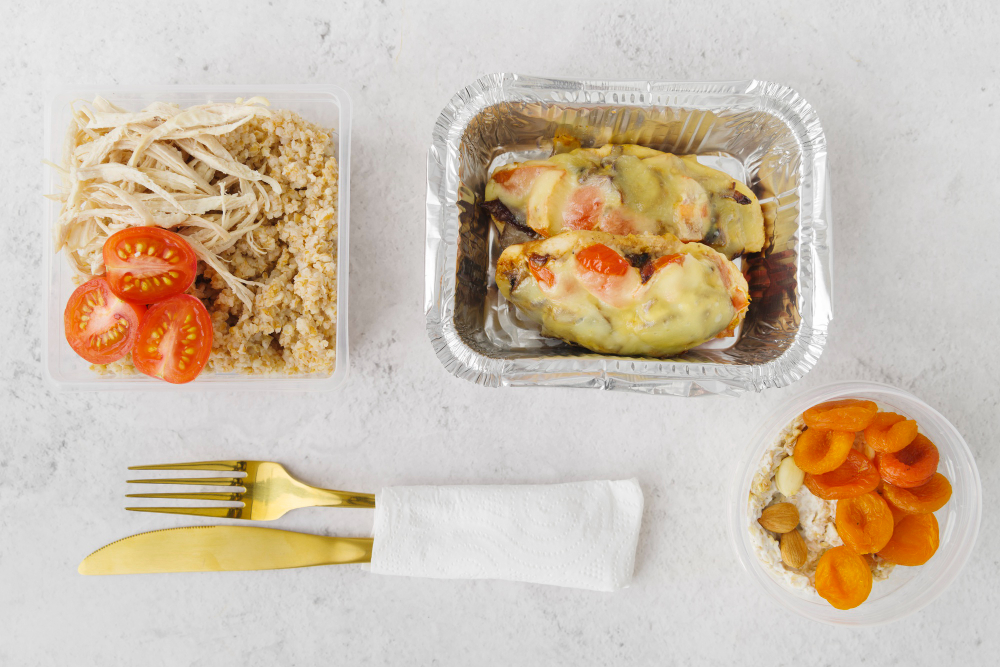In fast-paced society, convenience outsmarts sustainability, especially in the kitchen. Among various such products common in households is aluminum foil, used to preserve food, bake, and cook. Aluminum foil is revered for its utility, but it is essential to note that its environmental impact cannot be ignored in this day and age, especially with more aware consumers being cautious about sustainability.
Knowing Aluminum Foil Production
Aluminum foil is produced from aluminum, which is a material that needs a lot of energy to produce it. To produce aluminum, it is gotten from bauxite, refined, and later processed. The International Aluminium Institute explains that producing aluminum entails notably high energy consumption, leading to greenhouse gas emissions. Although aluminum is one of the most recyclable materials, aluminum foil has a less impressive recycling rate compared to other aluminum products, like cans. This is partly attributed to the thinness of the foil as well as food residue contamination, which makes it rather more difficult to recycle.
Lifecycle of Aluminum Foil
Once you buy aluminum foil from the supermarket near your house and take it home, that is where its journey does not end. There can be a huge effect of the lifecycle of aluminum foil on the environment.
Use and dispose Aluminum foil is readily used by most consumers in encasing food portions for storage or wrapping over dishes in the oven. While it protects the food from deteriorating, once the foil is used, it ends up in landfills, with most of its contents being contaminated food waste. Unlike glass or plastic materials, aluminum foil does not biodegrade but remains in landfills for years to wreck havoc on our environment.
Recycling Aluminum Foil Aluminum foil is recyclable, but it has to be cleaned and prepared first. Most consumers are not aware that aluminum foil can be recycled. Once it’s tossed into the garbage heap, it adds to the ever-growing rubbish problem. Should you be the environmentally conscious type, learning how to recycle aluminum foil properly is an excellent place to begin.
Other Ways of Aluminum Foil
At an ecological cost, perhaps consumers would have to build a preference for alternatives that will perform the same or equivalent task without an equal or rather destructive ecological footprint. Some of those alternatives are listed below:
- Beeswax Wraps: These are reusable wraps created using cotton infused with beeswax, resin, and jojoba oil. They will make great covers over your bowl or wrap over sandwiches and not only create a breathing environment for food but also reduce plastic waste.
- Silicone Food Covers: Amazing covers that can be used with containers. They can be very well used as aluminum foil substitutes, and they are reusable, durable, and heat-resistant.
- Glass Containers: A good investment would be to buy a set of glass food storage containers. This will limit the usage of single-use aluminum foil. Glass is recyclable, reusable, and does not leach chemicals into your food, thus making it safer for food storage.
Education for Consumers
As people become more conscious about the environment, it becomes more important to understand the products that we deal with every day and their environmental impacts. Ideally, supermarkets are better suited to help in this process. Shopper information on the effects of aluminum foil and some alternatives is provided by supermarkets to allow consumers to make appropriate decisions.
These retail companies can provide education by printing such materials and offering workshops on sustainable living. For instance, supermarkets can maintain different products that enhance the environment, like the choice of food storage, including beeswax wraps, silicone covers, and glass containers.
She Makes a Difference
While aluminum foil is very handy, one needs to weigh that convenience on the other side of the scale against the environmental impact. These are places where simple changes can contribute quite well to efforts at home for sustainability.
- Reduce usage: Usage of less foil by opting for a plate or bowl with a lid is one of the major ways of reducing the impact of this material.
- Reuse: When you are definitely going to use aluminum foil, ensure you clean up and remove all food residues before you present it for recycling. In fact, check locally for which aluminum foil is accepted.
- Swapping Begins: Start buying reusable alternatives that can help you save on waste. You can choose to use beeswax wrap or silicone covers. Every change, no matter how small it may be, will get you living a greener life.
Conclusion
Aluminum foil has been a long-time staple in homes because it is pliable and convenient for storing food, but it should be recognized that production and disposal have an environmental consequence. This will enable consumers to consume responsibly by knowing the sustainability behind what they have every day.
And moving forward to a greener society, every little step counts. Do not forget the next time you visit your local supermarket, and take advantage of choosing options and buying products that fulfill not only your need but also your preferences for a greener action. Together, we can reduce our ecological footprint and promote healthier planets for generations. Read More

